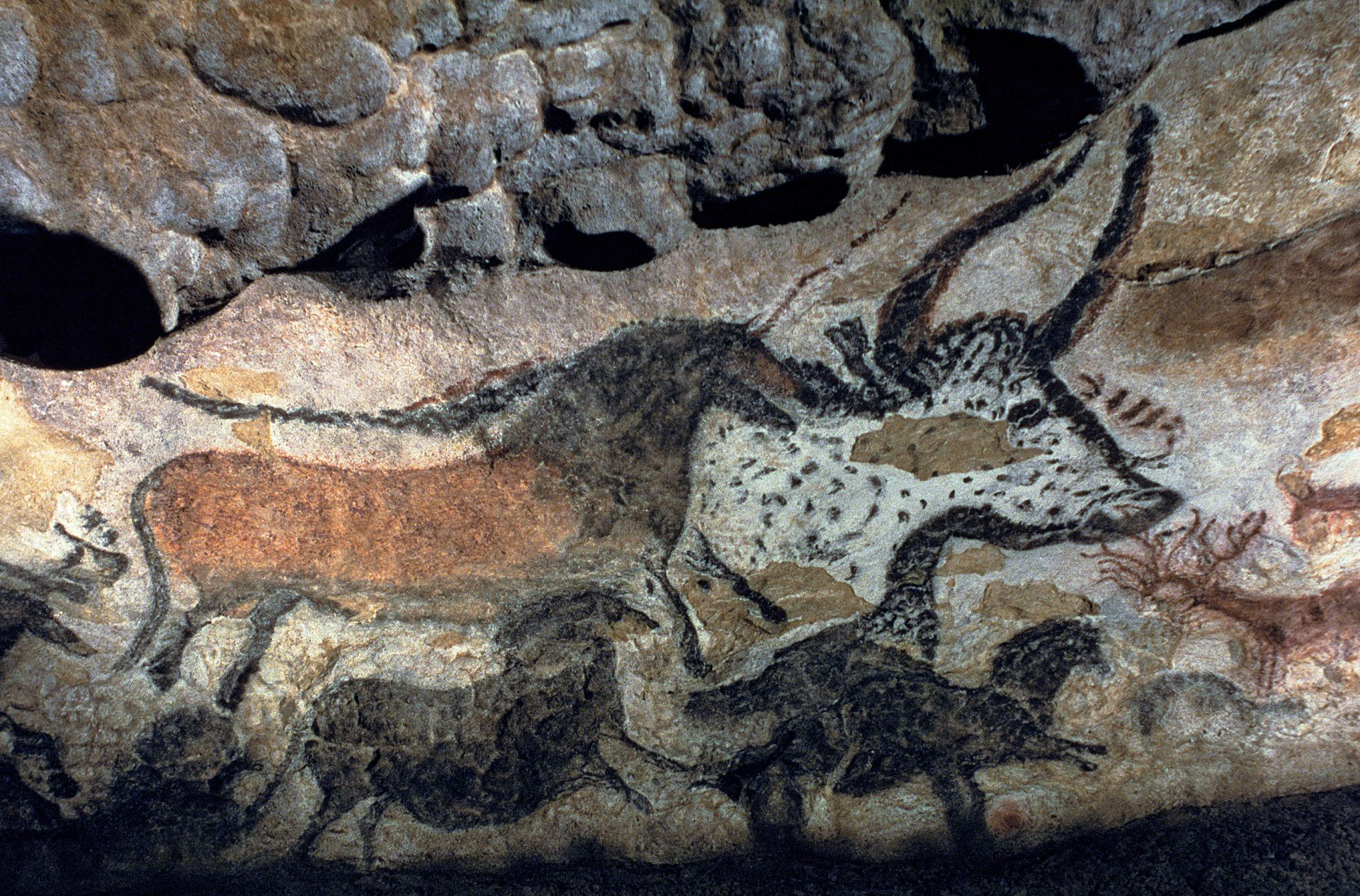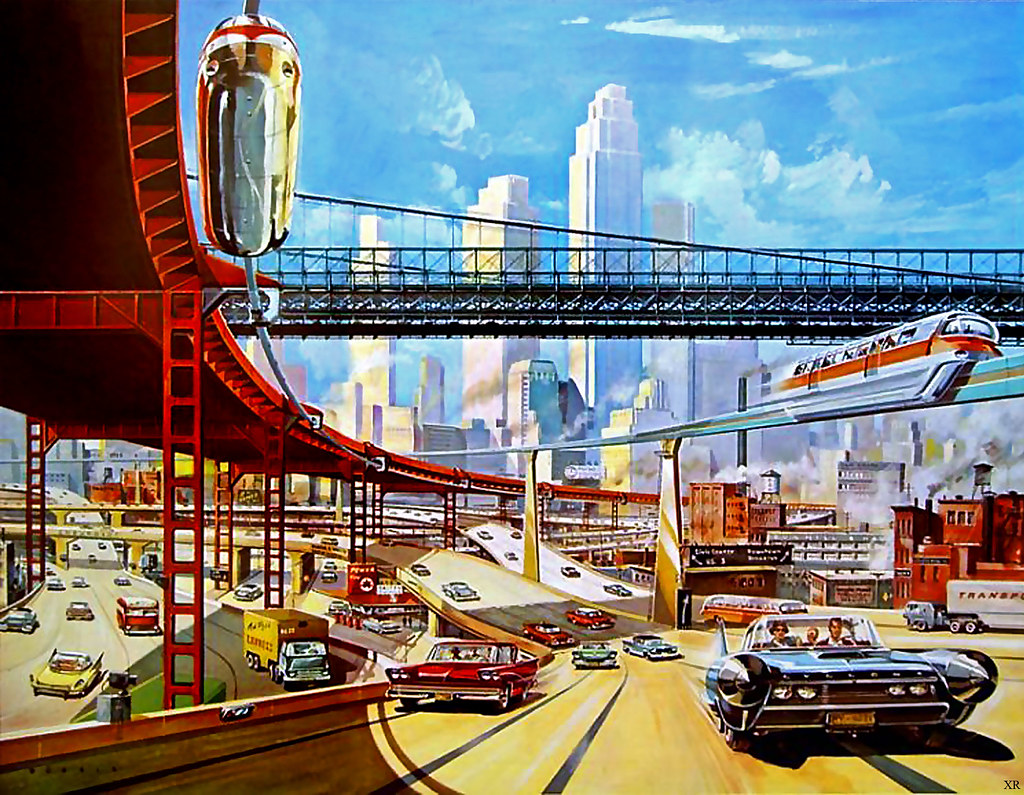Team Kingdom presents...
Spaceship Earth regards to the concept of Communication, and how its evolved throughout the years. Guests to this ride experience communication journeying back in time witnessing prehistoric man and then experience breakthroughs through communication, from the invention of the alphabet to the creation of the printing press to today’s modern communication.
Spaceship Earth has been a fan favorite for many years, but with the current Epcot overhaul, its time for an update.
“We travel together, passengers on a little space ship, dependent on its vulnerable reserves of air and soil; all committed for our safety to its security and peace.”
INTRO
SpaceStation Earth reimagines Epcot’s famous Spaceship Earth into a new thesis statement attraction! While the existing ride is simply a history of communication, SpaceStation Earth concerns a history of
the future itself. Specifically, it is a timeline of Man’s different concepts of the future as they evolved throughout history. It will begin in caveman times, then progress through to today, throughout depicting our ideas of things to come…how our ideas change, how they’ll continue to change, but that despite our predictions being either accurate or wildly off-the-mark, they’re always optimistic, forward-thinking ideas about how life can always be made better tomorrow!
EXTERIOR
The modified exterior of Spaceship Earth – rechristened as SpaceStation Earth – takes its inspiration from the never-realized WestCOT plans. Epcot’s iconic geodesic sphere is repainted a glittering golden hue. The gold is meant to symbolize the sun, life, and hope, all elements which mankind relies upon. The sphere’s original structural elements and queue entrance remain unchanged.
Like Buckminster Fuller’s 1967 Montreal Biosphere which inspired Spaceship Earth’s design, there will be an additional geodesic layer surrounding the golden center. This outer shell is to be formed of steel and acrylic cells. It will be a transparent thin-shell structure, functioning like a climate-controlled high-rise. Within, all around the base of SpaceStation Earth, are colorful dancing fountains.
The lightweight cells are able to change opacity and color. This allows Imagineers to program kinetic lightshows into the shell. These shows can cover a range of Epcot topics – they could resemble subatomic quarks, or massive swirling galaxies, or anything in between. The golden dome serves as a projection surface. In an upgrade to IllumiNations, it even represents the Sun to complement the lake’s Earth globe.
The queue and ride layout shall remain the same as now. SpaceStation Earth remains a classic animatronic-heavy omnimover. All changes are to the scenery and narration.
SCENE ONE: THE DAWN OF MAN
The first scene of the ride illustrates the Earliest visions for future society. As stereotypical jungle music plays in the background (characterized by "ooga"s and "chacka"s), our narrator reads a script that is very similar to the current :
"Like a grand and miraculous spaceship, our planet has sailed through the universe of time; and for a brief moment we have been among it's passengers. But where are we going? And what kind of future will we discover there? Surprisingly, the answers lie in our past. Since the dawn of recorded history, we've been imaging the future one step at a time. So let's travel back in time together. I'll show you how our ancestors visioned the world of tomorrow, and how we view the world of yesterday."
The scene brings us inside of a cave, where a caveman and cave-woman are gathered (along with two children). On the walls to our left we can see different drawings of birds, mammoths, people, fire, wheels, and boats. The drawings all move and the dad stands at the walls holding some graphite. To our right is the exit to the cave, where the sounds of a vast jungle are heard and extinct beasts/foliage can be seen. Scent (similar to Soarin') is also used to make the scene more immersive.
"Back in the Neolithic times, better known as the Stone Age, we are alone in a hostile world. We struggled to survive, and envisioned working together to tame and slay the beasts that roamed the land. With technology no more advanced than stones and sticks we were at a standstill."
The drawings on the walls change but illustrate the following concepts - mankind working together to trick and kill various beasts, mankind holding around fire on a stick, mankind entering a boat to cross water, mankind plowing fields for crops, and mankind using carts to move large quantities of items.
"However, via art as a creative medium, we learned to communicate to slay the beasts that hunted us, as well as make technical advancements via the miracle of fire. We were able to record knowledge on the walls of the caves that we lived in, and dream of grand things like the wheel and water vessels. There is only one small problem, when we move, the recorded knowledge stayed behind."
As we progress further into the cave, we see that we suddenly appear in Renaissance Florence.
SCENE TWO: THE RENAISSANCE
The scenes smells of exotic spices and various forms of chatter will be heard, in varying dialects.
"Ah, the Renaissance. Thousands of years after the Neolithic Ages, mankind is daring enough to spend its money on science and art. It's the Start of the Copernican Revolution, and will truly change the world. Idealists have the time to show their vision for the world."
On the right of our cart we see a marketplace and a mural of the beautiful city against the backdrop. We also see Michelangelo working on sculpting David. On the left, someone is showing ideas in a parlor.
"Oh, someone's talking. Let's listen in." Our narrator patches us in so we can hear Thomas More discussing his Utopia
"I had a vision where I went to this island nation - a nation based on rational thought, free ideas, and communal property. In this nation everyone is viewed as equals."
Our narrators returns,
"As you can see the ideas proposed in this age will influence movements even in modern society."
At random points, we see the parlor change to the island nation which is literally hovering above the water, and scientific diagrams of magnets are drawn next to the island. This effect is created via a literally picture being quickly lowered to cover everyone in the parlor besides for More.
SCENE 3: THE ERA OF DISCOVERY
"The vision of the future inspired by the geniuses of Nicola Tesla and then popularized by authors like Jules Verne and HG Wells can be seen around us. This retro-vision of the future remains popular for authors to craft worlds in, even in modern times."
Around us we see blimps and gold-colored buildings similar to the picture above, achieved via wall murals and some fancy sets. Concepts for inventions like steam cannons, lighter-than-air airships, analogue computers, or such digital mechanical computers like Charles Babbage's Analytical Engine are hidden in the environment.
"The people of this time were heavily optimistic and inspired by the industrial revolution, where any object could become mass produced and prices were lowered, via the use of steam powered machinery. Many of the early visions of this area focused on the positive aspects of these progress, while the negative aspects laid the foundation for cyberpunk, which we will see later in our tour."
SCENE 4: WORLD'S CHAOS
"Ah welcome to the 1930s. The world has come together as one and progress towards the future is being made. Now we have ideas as to how mankind can make their society greater than anything before."
To our left we see booths at the worlds fair with blue skies. Suddenly, on a rotating pattern the skies blacken and rain starts pouring down.
"With these new visions come skeptics. Skeptics of the progress who are fearful for what may become of humanity if the future continues in trends like the."
The right side of our pavilion shows an underground cafeteria, pressumebly a part of a much larger city, highly inspired by the movie
Things to Come and modern children will see reminders to District 13 in The Hunger Games.
SCENE 5: MID-CENTURY ATOMIC PARADISE
In a world where the atom is king, futurists dream of a sci-fi tinged future which might now read as cheesy. Picture a Googie-inspired Astro-Deluxe realm of UFOs, robot maids in the kitchen, and crazy devices out of The Jetsons. A family, much like that in Carousel of Progress, is seen in a stereotypical 1950s suburban setting, but with silly new elements like the robots or even googly-eyed aliens. Additional design details on the architecture are like tailfins or starbursts, all similar to the Buck Rogers vision of Magic Kingdom’s Tomorrowland.
SCENE 6 - 1960s UTOPIAN DREAMS
"The world stands more united than ever and comes together to come together to celebrate different cultures, ideas, and inventions in the series of ever-so popular World's Fair. Visionaries like Walt Disney present their ideas for shows like the Carousel of progress while engineers show their inventions like the first Ferris Wheel."
Arriving upon the 1960s future, riders may recognize a scene familiar from Walt Disney’s first concept of EPCOT. This is a utopian industrial future which imagines technology and commerce as the solution to Man’s woes. Gleaming monorails glide overhead. A circular grid-like pattern (shades of Buckminster Fuller) organized the city centers, the green spaces and the neighborhoods. Commuters in suit and tie ride a PeopleMover past us, waving as they cheerily head in to work. Even the famous EPCOT model is relocated from the PeopleMover to here, in a scene which celebrates the forward-thinking utopianism of Walt Disney while still acknowledging it as a product of his era.
"These ideas show that the future can be great, and show the time's hope and desire for a perfect tomorrow."
SCENE 7- CYBERPUNK: THE DIGITAL DOMAIN
"The era inspired by progresses made by geniuses like Jobs and Gates, and then philosophied by visionaries like Zellany and Balard. In the 1960s and 70s, individuals feared what computers and concepts like Artificial Intelligence would do to the world."
The buildings that surround us on both sides are all gray, with colorful neon signs hanging above their entrances. Robots fly around above the viewers on automatic conveyor belt (they are suspended with technology similar to that of Peter Pan's flight. Individuals with Neon colored hair stand besides buildings. Smoke and flashing lights fly around the alleyway.
"This vision for the future is seen in popular movies like Tron, Blade Runner, and the Matrix. These movies begin to question the negative aspects of smart computers and the power that they have over the individual. The philosophies of the time could hinder progress in the field, yet our geniuses believe that the rewards of computer far outweigh these unlikely risks."
FINAL SCENE – TODAY’S HORIZONS: THE FUTURE OF NOW
The final scene is another masterpiece of set dressing and animatronics, though one most likely to update regularly. For this is our vision of the future TODAY, a serious and optimistic concept of where mankind is going based on our present day theories surrounding technology, society, the environment…all the many topics which might inspire an Epcot pavilion.
Spotless shiny skyscrapers mix together with greenery. Vertical farms like the buildings’ envelopes. Overhead are gewgaws like flying cars…but
realistic flying cars, much like those being pursued by Uber and Elon Musk. The general aesthetic is familiar from Apple, clean spotless lines and tasteful minimalism. Animatronic people give this hypothetical future its humanity.

















